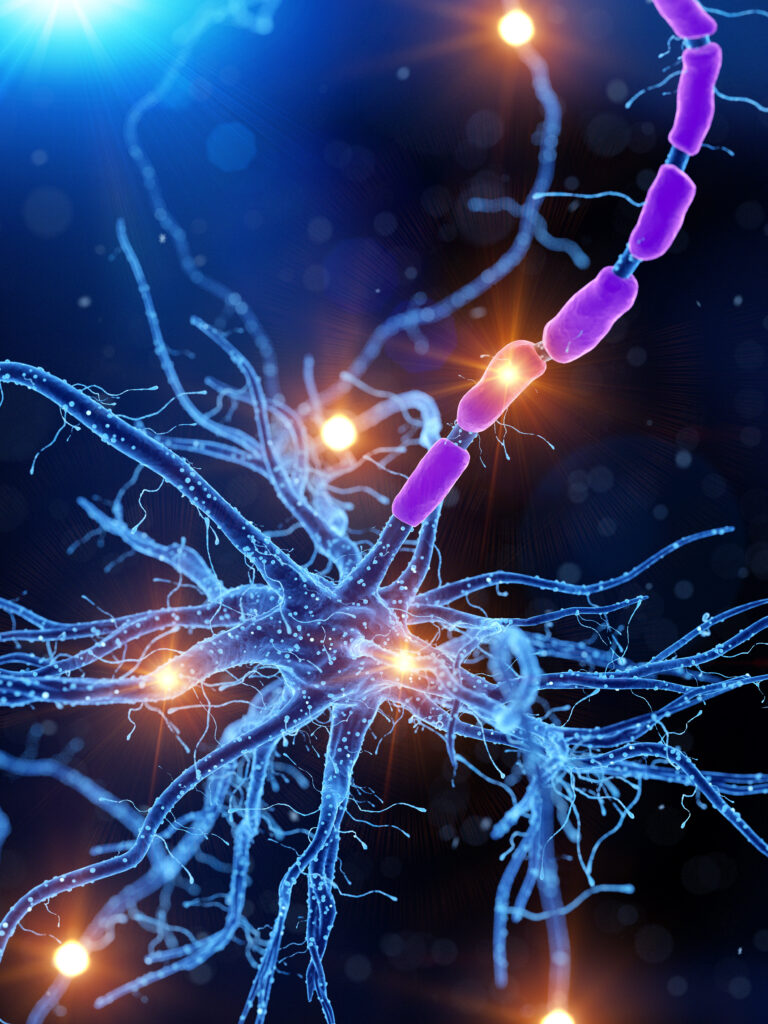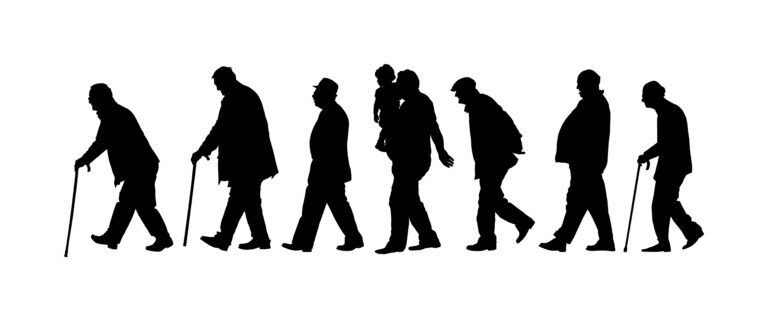### The Science of Dreaming and Its Impact on Brain Detoxification
Dreams are a mysterious and fascinating part of our sleep experience. While we spend about two hours each night dreaming, the exact purpose and process of dreaming remain somewhat of a mystery. However, recent scientific studies have shed light on the role of dreams in brain detoxification and their broader impact on our mental health.
### What Are Dreams?
Dreams are a series of images, ideas, emotions, and sensations that occur involuntarily in our minds during certain stages of sleep. These dreams can be vivid and detailed, often involving complex visual imagery and narrative sequences. Research suggests that the visual imagery of dreams is produced by the same brain structures that generate complex visual imagery in waking perception[1].
### The REM Stage of Sleep
Dreams primarily occur during the rapid-eye movement (REM) stage of sleep, when brain activity is high and resembles that of being awake. This stage is crucial for memory consolidation and learning, as it allows the brain to process and file away information from the day. However, dreams also happen during non-REM sleep, and not all REM awakenings elicit dream reports[1].
### Theories on Dream Function
For centuries, dreams have been interpreted in various ways. Ancient cultures believed that dreams revealed truths from gods or other external entities. In contrast, modern theories propose that dreams serve different functions, such as erasing sensory impressions that were not fully processed during the day or preserving sleep by representing fulfilled wishes[1].
One theory, known as the defensive activation theory, suggests that dreams evolved as a visual hallucinatory activity during sleep, busying the occipital lobe and protecting it from other sense operations. Another theory proposes that dreams prevent overfitting to past experiences, enabling the dreamer to learn from novel situations[1].
### Brain Detoxification
The idea that dreams help detoxify the brain is an intriguing one. Research suggests that dreams allow the brain to process and clear out unnecessary information, much like a computer clearing its cache. This process involves the activation of various brain regions, which combine sparse and distorted information to create a coherent narrative. This narrative synthesis helps the brain make sense of the information it has collected, effectively “cleaning up” the neural pathways[1].
### Daydreaming and Brain Health
While dreams occur during sleep, daydreaming—mind-wandering during wakefulness—also plays a role in brain health. Positive daydreaming can enhance productivity, mood, and creativity by allowing the brain to reset and think about problems with a fresh perspective. This mental calm and relaxation state, often referred to as the alpha wave state, can increase alpha brain wave activity and boost creativity[2].
### Conclusion
Dreams are a complex and multifaceted phenomenon that continues to intrigue scientists and philosophers alike. While the exact purpose of dreaming remains unclear, research suggests that dreams play a role in brain detoxification by processing and clearing out unnecessary information. Additionally, daydreaming can have positive effects on mental health and productivity by allowing the brain to reset and think creatively. Understanding these processes can help us better appreciate the intricate workings of our minds and the importance of both sleep and wakeful states in maintaining our overall well-being.





